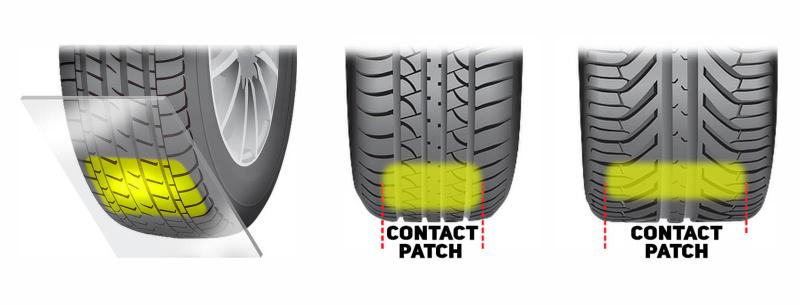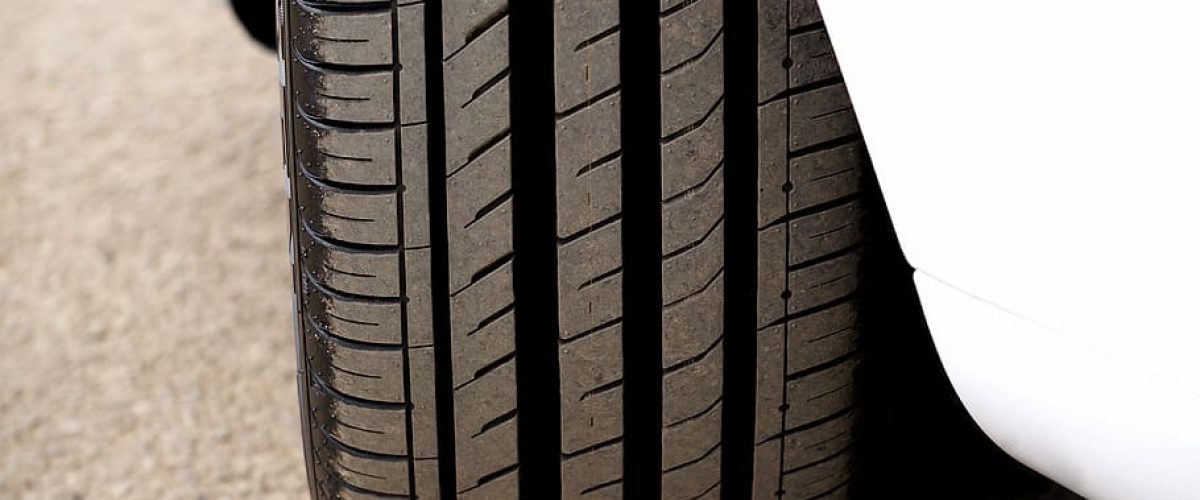By Vuyi Mpofu
We receive a lot of queries via email and social media from readers enquiring about various aspects of motoring. Rather than answer each individually, we have decided to share the queries here as there may be other readers faced with similar car problems.
Palesa Mokoena* of Diepkloof, Soweto sent us this query….
When driving on the highway, I have noticed that some cars have at least one tyre that bounces up and down like a tennis ball. It looks scary and dangerous but I wonder what causes this and how I can make sure I don’t have a bouncy tyre too!
Palesa Mokoena

Let’s start off by saying that the only contact you have with the road’s surface is a small patch of rubber which is about the size of the palm of your hand. That patch of rubber, multiplied by 4 to represent the number of tyres your car has, is all that keeps your car on the ground. If one tyre constantly bounces, then the driver of that vehicle only has 3 ‘palms of rubber’ in touch with the ground.

Based on Palesa’s description, we believe that that a bouncing tyre presents an extremely dangerous situation and here’s why.
Main cause of bouncing tyre: Worn or broken shock absorbers
The most likely cause of the bouncing tyre are worn or broken shock absorbers. Next to your braking system, the shock absorbers are probably the next most important safety item on a car. Not only do shock absorbers serve to ensure a smooth and comfortable ride, but they also control the movement of the suspension of a car, allowing you to effectively control the vehicle.
When one or more tyres are not in constant contact with the road, your ability to control the vehicle becomes critically compromised, particularly when you attempt to steer or brake.
Shock absorbers which need to be replaced can result in the following:
- Loss of traction – which increases stopping distance and negatively affects control and acceleration.
- Tyre cupping / Uneven tyre wear and tear – which shortens the life and performance of the tyres and can also increase road noise.
- Body roll (side-to-side movement) – which negatively impacts the car’s handling and your ability to control it optimally.
- Bottoming out when going over bumps – which results in the premature wear and tear of the car’s suspension components.
- Nosediving (the bonnet of the car dips upon deceleration) – which results in premature front-brake wear.
- Acceleration squat (the rear of the vehicle drops upon acceleration) – which adversely affects traction, vehicle handling and control.
If you suspect that your tyres may be bouncy, then we suggest you have your suspension system checked as soon as possible.
Alternatively, you can occasionally ask someone to watch each of them as you drive. Just make sure you are on a fairly straight road with very little traffic on it – to be on the safe side.
*Name has been changed






